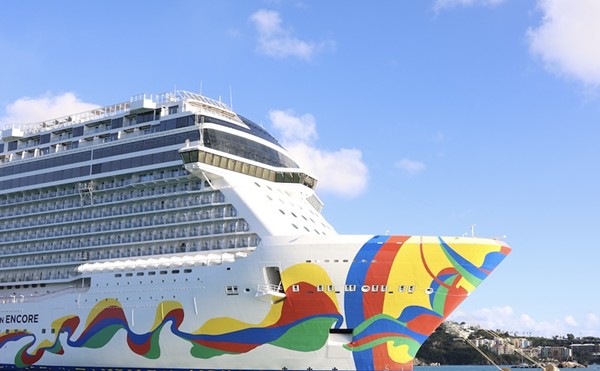There is nothing more magical than summer light on Florida's wilderness water, and beyond the beaches, solace for the soul awaits those willing to break old habits.
On weekends, if you usually burn up the Beeline to Cocoa, then you blast right past a place that makes for a very different kind of morning: halfway between Orlando and Cocoa, where the St. Johns River drifts under the road. You can't miss it: It's where the yawning savanna takes up when the forest of long needle pine, red maples and cedar leave off.
Pack an al fresco breakfast -- fruit, croissants, a thermos of coffee -- and pull off the road. There's plenty of off-shoulder parking and grassy banks to spread a blanket. Plan for a photo-shoot and take ample film, because the sunrise will transport you. Watch the blue herons and American egrets and shy little limpkins fishing for breakfast. This time of year you'll probably spy ibis tending their chicks. As there's not much early traffic, you'll even hear morning birdsong.
Those watery prairies are yellow with wild mustard right now and rimmed with sabal palms crowned with nests of hawks and osprey. Take a sip of coffee, lay back, watch them soar and let the rest of the world blast by.
On the other hand, if you usually head for New Smyrna Beach, there's a great habit-breaker option in that direction, too: landmark J.J.'s Marina Isle (3812 Highway 46 West, Geneva; 407-330-6155), snugged against the St. Johns river bank on State Road 46 just four-and-a half-miles west of Geneva or six miles east of Sanford.
Here, where folks pull huge, slick, groaning catfish from the depths, you and some friends can rent a 24-foot pontoon boat for the day (from daybreak to 6 p.m.) for $150, plus a $200 cash deposit. Divide that by, say, eight folks and it's cheaper than gas to the beach.
These are great picnic boats, with half awnings, half open deck and dependable motors that move you smoothly through the tannic water, past big, sunning gators, sulfur butterflies and the fishy air over shellcracker beds.
Speaking of fish, if you're an angler, J.J.'s little sales shack stocks all manner of live bait, from fat night crawlers and wigglers to shiners and minnows. If you've forgotten to pack food, they also sell the traditional river-rat provisions: Vienna sausages, candy bars, beer, soda and snacks.
You'll find the least populated route if you head south, under the State Road 46 bridge, into Lake Jessup. Northbound will be busier, but both directions are beautiful. There are mixed hardwood forests, stands of Southern pine, stretches of native grasses and scattered wildflowers. During these low-water days, you'll be asked to not beach the boat on those alluring sand bars, so remember to stay in the main channel for a perfect day of drifting, sipping and nibbling. At nap time, anchor at a mid-river island and nod off to the drone of dragonflies.
For the moment, there are still close-in wild places in Florida. One of them, off West State Road 50, is Johns Lake, where the Calusa tribe lived 10 centuries ago. It's not that there's no development here; there is. But there are also miles of woods and wildlife to savor, and the best way to do that is in a canoe, after nightfall.
To reach this haven, drive west on State Road 50, past Ocoee, past Winter Garden, past Oakland, to the West Orange Bike Trail sign, and turn left onto Kilarney Road. Or go west on Highway 408 to the turnpike and take exit 272; go west on State Road 50 to Kilarney Road -- tolls will be less than $3. On the left you'll see the boat ramp. Put in and take the moon lane to the east, to the open waters of the lake's most pristine latitude.
Sunshine glinting off this ancient water is dazzling, but it is the moonshine here that breaks the heart, diffusing across the black-sky dome, trembling through shoreline Spanish moss.
Chose a night that promises a full, oxblood moon and plan to conjure memories of gods and omens and to witness the lake's nocturnal nightlife: a million trilling male cicadas; frogs' cacophonous courtships; bull gators bellowing; an otter couple, fur shiny with moonbeams, finishing their den in the hollow base of waterside dahoons.
With luck, and drifting silently close to a shoreside field, you might see gray foxes. She'll likely be heavy with cubs, watching him hunt field mice.
While you still legally can do so, pull ashore at a remote, sandy spot, and search for shards of Calusa bird points, arrow heads and chips of fish scalers -- pale, stone sprouts glinting in the moonlight. After all, the 1,000-year-old dugout canoe at the Orange County Historical Society came from a Johns Lake cove.
When the moon is at its creamiest, the plaintive voices of local owls will guide you back to the ramp.
















